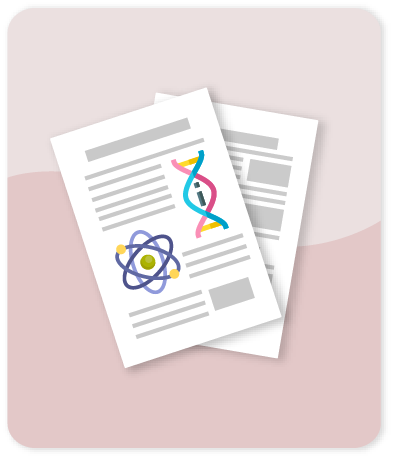Performance of novel Ca-biocomposites produced from banana peel and eggshell for highly efficient removal and recovery of phosphate from domestic wastewater

Compartir este ítem
Fecha
2024Autor
Ospina-Montoya V
Pérez S
Muñoz-Saldaña J
Forgionny A
Flórez E
Acelas N.
Citación
Metadatos
Mostrar el registro completo del ítemResumen
Using biowaste-based adsorbents to remove phosphorus (P) from wastewater offers significant benefits concerning eutrophication mitigation and addressing waste management challenges. In this work, Ca-biocomposites were prepared by pyrolysis (700 °C) of a mixture of banana peel (BP) and eggshell (ES). The mass ratio of BP to ES was varied in 2:1, 1:1, and 1:2 ratios. Among the tested mixtures, the BPES-1:2 sample exhibited excellent P removal performance, reaching a maximum P adsorption capacity (Qmax) of 214 ± 5 mg P/g. The adsorption process fitted well with the Avrami order kinetic model (R2 > 0.996) and the Liu isotherms model (R2 > 0.997). The excellent fit of the experimental data to the Avrami model suggests that chemisorption is the dominant interaction mechanism, leading to precipitation through the formation of calcium phosphates. Additionally, the Liu model anticipates that the energetic characteristics of the adsorbent's active sites cannot be identical. This is in agreement with the presence of Ca(OH)2 and CaCO3 in the adsorbent material, where the Ca(OH)2 active sites are preferred by the adsorbate molecules (PO43−) for occupation. Furthermore, thermodynamic analysis revealed that P adsorption is a spontaneous process of exothermic nature (ΔH° < 0). The calculated activation energy for the process (72.81 kJ/mol) suggests the P adsorption mechanism involves strong chemical bonding between the adsorbent and P species. In addition, precipitation of apatite (Ca5(PO4)3OH), a vital component in fertilizer production, was observed during the adsorption process. In tertiary treated wastewater applications, the BPES-1:2 biocomposite demonstrated a P removal efficiency of 90%. The solubility of P in a 2% formic acid solution was 100%, while the water-soluble P content was measured at 5.6%. These findings highlight the product's sustainable and environmentally beneficial nature by demonstrating its potential as a slow-release fertilizer, contributing to the application of the 3R slogan: Reduce, Reuse, Recycle. This value-added product is promising in supplying nutrients to plants over an extended period while minimizing the risk of nutrients leaching into the environment. © 2024 Elsevier Ltd
Colecciones
- Indexados Scopus [1893]
